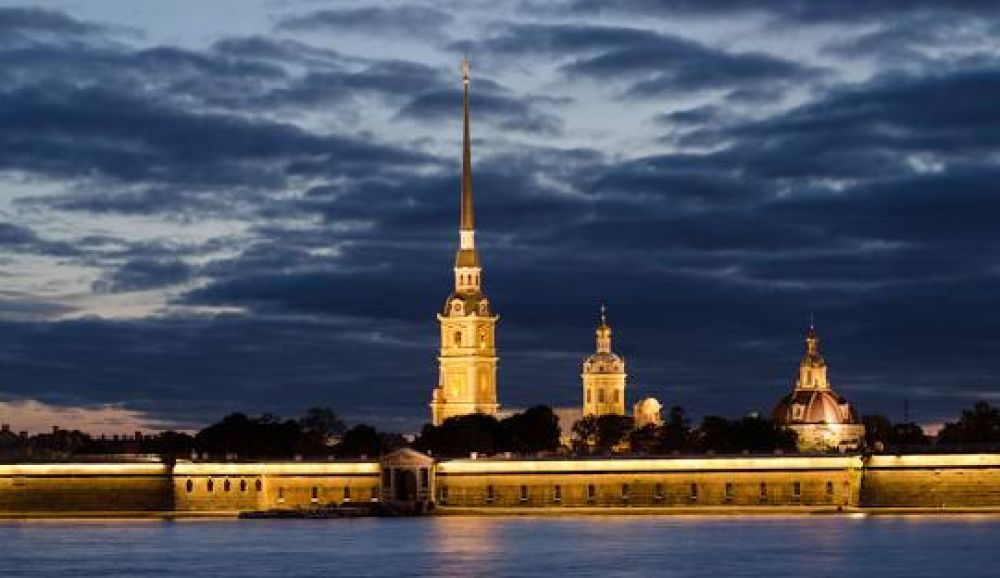

The Peter and Paul Fortress has stood as a symbol of Saint Petersburg's foundation and a poignant historical landmark since its inception in 1703. Established by Peter the Great as a bulwark against Swedish forces during the Great Northern War, the fortress quickly became one of the most significant structures in the city.
Over the years, the fortress has served various purposes: from a defensive stronghold to a prison for high-ranking political prisoners. However, it wasn't until the 1920s that the fortress began to gain attention as a tourist destination. With the establishment of the State Museum of Saint Petersburg History within the fortress walls, the site started to draw in both locals and tourists interested in its rich past.
In the following decades, the fortress underwent a transformation from an austere symbol of tsarist power to a cultural hub. Museums, exhibition halls, and historic monuments within the complex became accessible to the wider public. The burial place of the Romanovs in the Peter and Paul Cathedral, in particular, has graced the fortress with an air of reverence and has drawn the attention of history enthusiasts from around the world.
The panoramic view of Saint Petersburg from the fortress walls and the rich history evident in its architecture have made the Peter and Paul Fortress a must-see destination. The enchanting allure of the fortress is elevated during the summertime, with the city's famed White Nights being a peak season for tourism.
In recent years, tourism at the Peter and Paul Fortress has been marked by a blend of interactive experiences and elucidative tours. Re-enactments of historical events and innovative uses of multimedia have been developed to create immersive experiences for visitors. Such experiences are not only entertaining but they also enhance historical understanding.
As of the latest trends, a focus on small group tours and individualized visitor experiences has become more prominent. Tourists are increasingly interested in personalized guided tours that delve into specific aspects of the fortress’s history, from its military significance to the stories of the prisoners once held within its walls.
Moreover, sustainable tourism practices are becoming integral within Saint Petersburg, including at the Peter and Paul Fortress. Efforts to maintain the site while minimizing the ecological footprint of tourism have been growing in importance, reflecting a broader global trend of responsible travel.
From its origin as a stronghold and prison to its present status as a treasure trove of cultural heritage, the Peter and Paul Fortress has witnessed the evolution of Saint Petersburg itself. It remains a cornerstone of the city's historical narrative and continues to fascinate tourists with its captivating stories and breathtaking scenery. The blending of historical reverence with modern educational techniques ensures the fortress will remain a beacon of learning and cultural enrichment for generations to come.